HR is hard and they’re really REALLY busy. They were pushed into the spotlight when the global health pandemic hit our shores in March 2020 and they’ve been running a million miles an hour since. If you work in HR for a tech SMB you’ll agree that doing more with less in a lean and agile working environment is hard and exhausting. You also would agree with the notion that technology can really help you. And, you’re all using a plethora of tools to help you. But, are they the right tools? As a collection, are you maximizing them? Are you really leveraging them the way they should be to “help you”? It’s likely that you’re both not maximizing your “HR Tech Stack” nor can you accurately explain where the gaps are.
Learn how to implement employee well-being into your total rewards with our free guide.
Building your ideal HR Tech Stack is much more challenging than it looks. As an industry, HR is not fully versed in HR tech. After all, it’s a full-time job to keep up with the growth and evolution of HR tech solutions. HR is busier than ever and how on earth can they keep current and make smart decisions on evolving their HR tech stack? The simple answer is, “they can’t”.
Below is a simple process that any HR leader and practitioner working for a growing tech SMB can follow to solve this problem.
- What’s your organizational business strategy? You will notice that this question has nothing to do with technology. In fact, the majority of this process is all about the business that you work for. These are specific questions to aid you in this step. Is your company growing or downsizing? Are they investing or divesting? Are you expanding your market, and/or product offering? Is the company looking to change how it operates on a day-to-day basis?
- What are your core business challenges? It’s important to take the time to think about where the key challenges are coming from — e.g. financial, organizational growth and workforce skills, increased competition for talent, leadership, etc…
- What’s the impact on HR? Using the information that you came up with in step #2, think about what the impact on HR might be — e.g. talent attraction, engagement and retention (i.e. the employee experience), leadership, employer brand, employee performance, HR budget and resource allocation, etc… What do you need to change, start doing and stop doing?
- What does your current HR stack look like? Write it down — which platforms do you use for payroll, recruiting, HRIS, performance management, collaboration, assessments, background checks, etc… Visualizing your current HR tech stack helps identify where the opportunities may lie.
- Does your HR tech stack help you achieve your HR plan? Below are questions to help guide this step.
- Do your software solutions help reduce the burden of administrative tasks?
- Do your solutions integrate with one another?
- Do you have data analytics capabilities?
- Does your software enhance the employee experience?
- What are your monthly costs to use the software?
- Have you created workarounds for current software gaps?
- Do you have specific requirements that are not being met with your current HR tech stack?
- Analyze — this is where the fun really begins. Use a whiteboard, piece of paper, Google Doc, or whatever… You need to evaluate the strengths, weaknesses and areas of opportunities of your existing HR tech stack. It will become clear where particular requirements are not being met through your stack. This is the starting point to identifying where you can improve, how you can create efficiencies, maximize integrations, reduce costs (tip: it’s a guarantee that you will see areas where you can reduce your costs), enhance the user experience, improve data analytics capabilities, shift the focus of your HR team to spending more time on value-add and strategic activities, and most importantly, improve your team’s ability to support the business achieve its objectives.
This process will take some time, but it’s time well spent. Most HR teams don’t take this kind of time to carefully think through the key components. As was mentioned earlier, much of the process has nothing to do with the technology itself and everything to do with the business. The reason for this is that HR is a business function, and the HR tech stack is a major component of HR delivering real business value. Skipping over critical “business-focused” steps will result in you using HR software that likely won’t maximize your strategic impact — it’s like throwing darts at a dartboard with a blindfold on. This is too risky a proposition to undertake in today’s volatile business environment.









